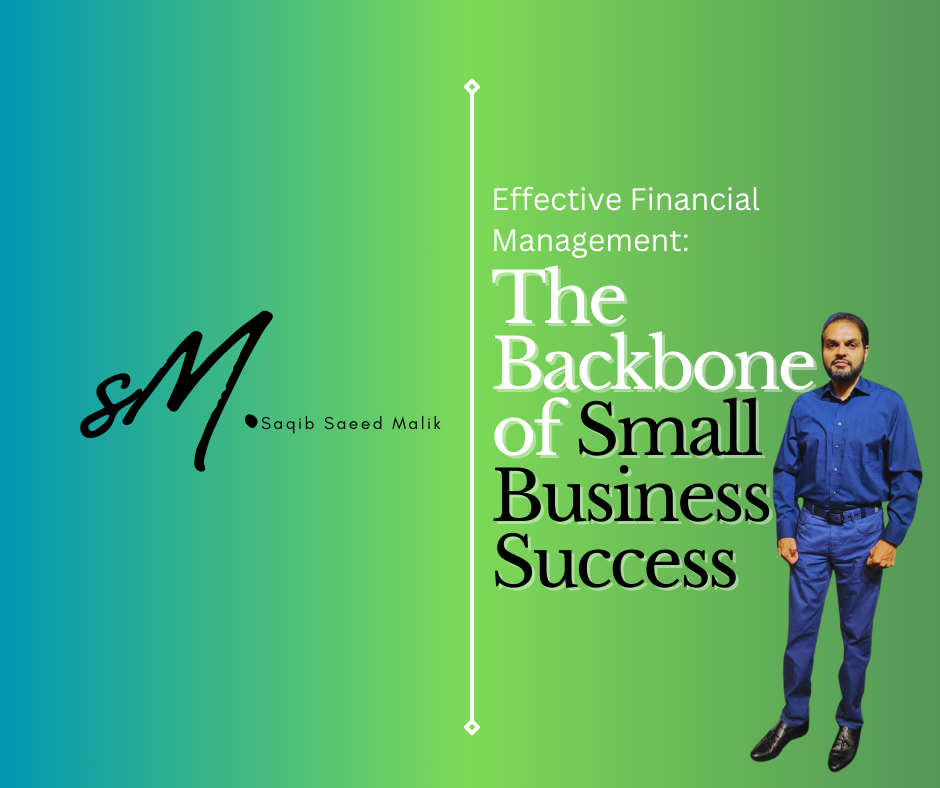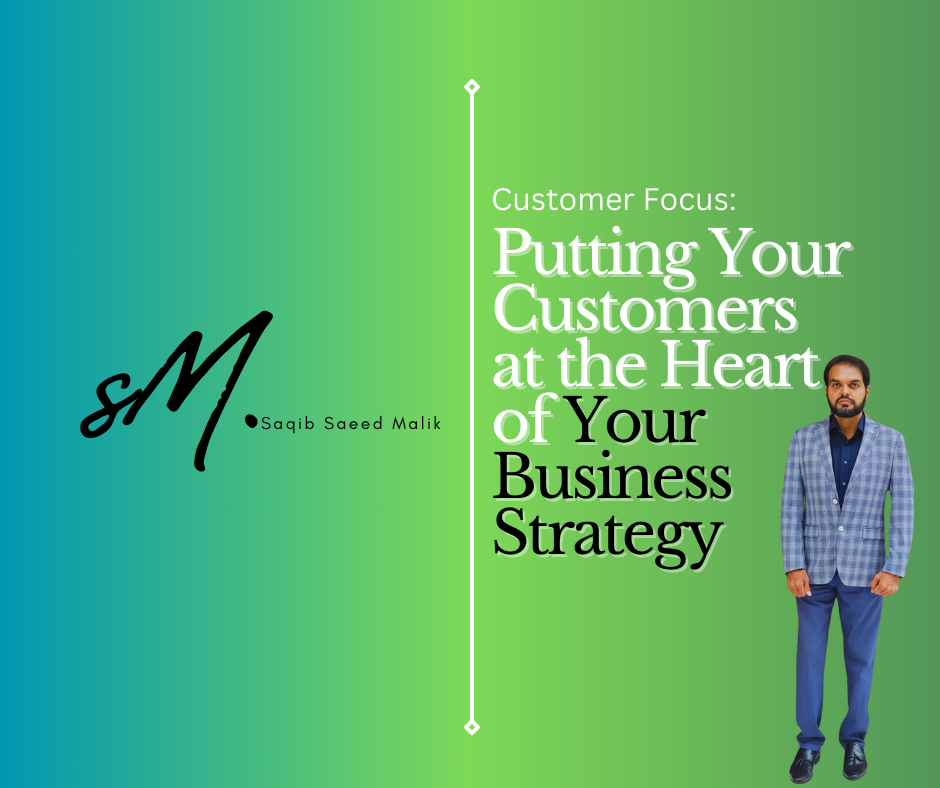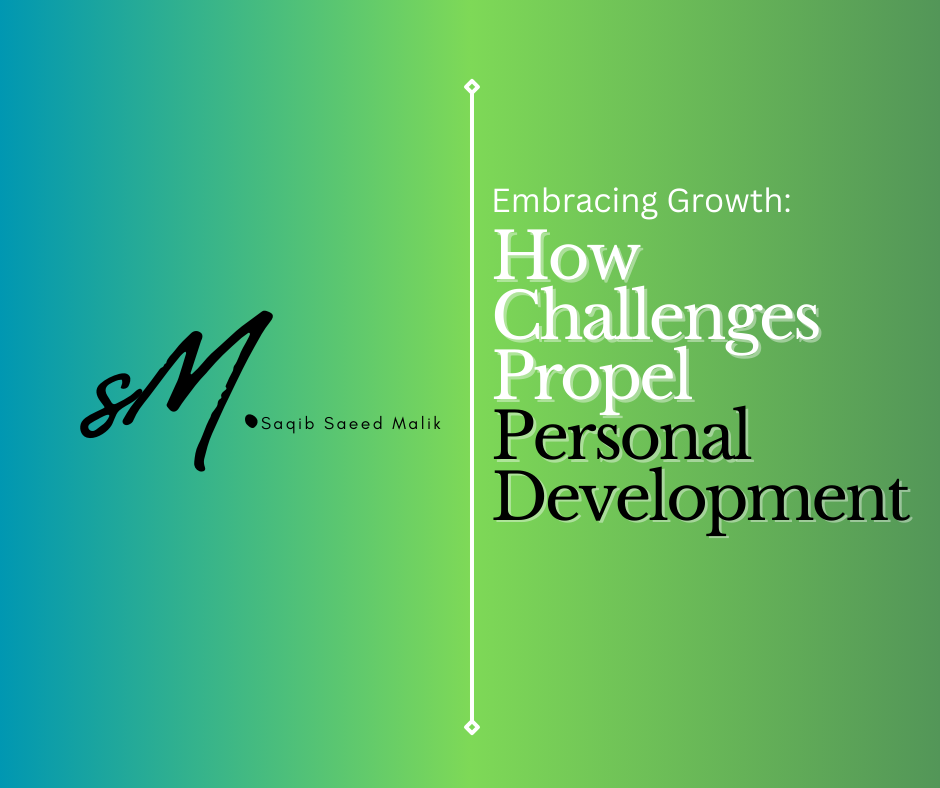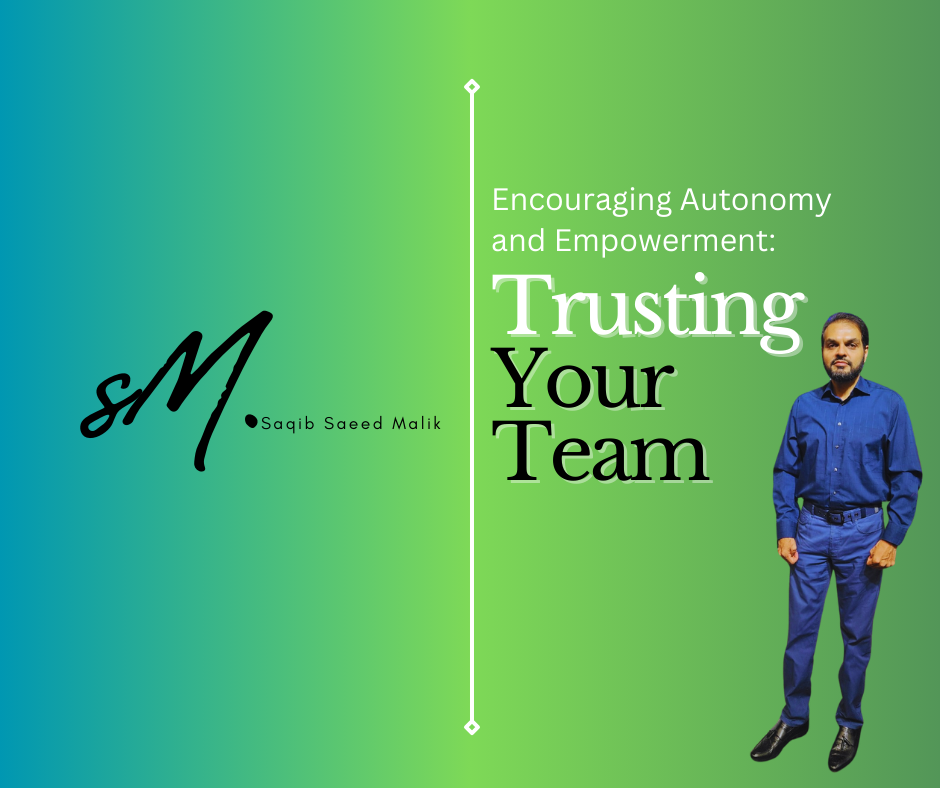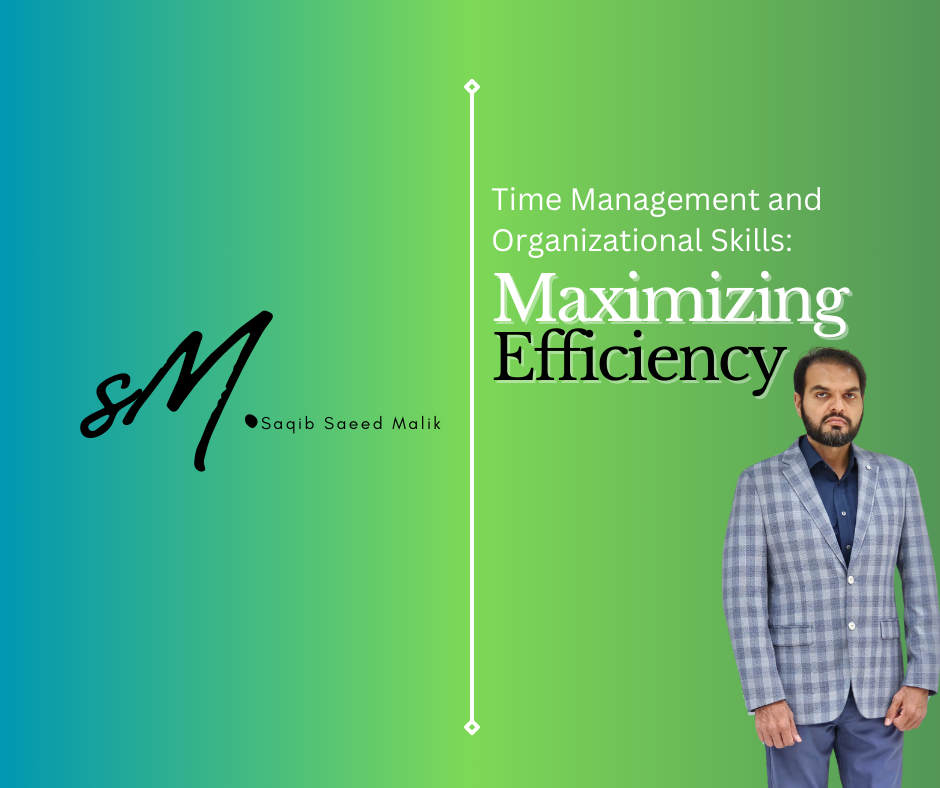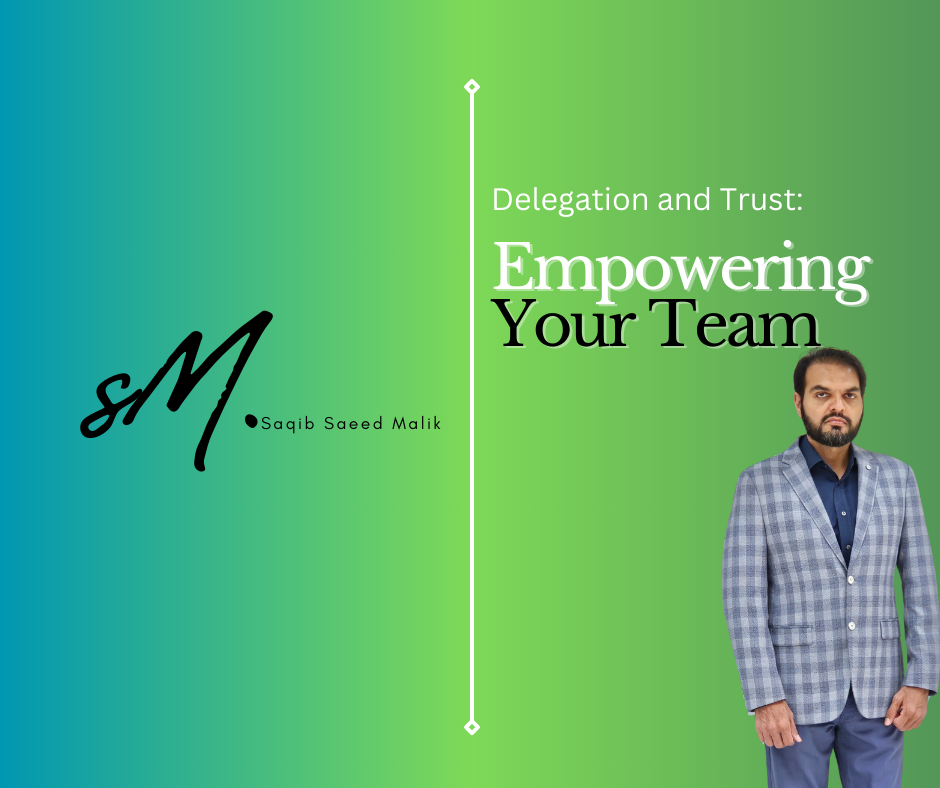Networking is a powerful tool for small business growth. Building relationships with other business owners, industry professionals, and potential customers can open doors to new opportunities, provide valuable insights, and help you overcome challenges.
The first step in effective networking is identifying your goals. Are you looking to find new customers, partners, or investors? Are you seeking advice or mentorship? Knowing what you want to achieve will help you focus your efforts and make meaningful connections.
Next, make an effort to attend industry events, trade shows, and conferences. These events provide a platform for you to meet and connect with like-minded professionals, learn about the latest industry trends, and showcase your business. Don’t be afraid to introduce yourself, exchange business cards, and follow up with new contacts.
Social media is another powerful networking tool. Platforms like LinkedIn, Twitter, and Facebook allow you to connect with industry leaders, join relevant groups, and participate in discussions. By engaging with others online, you can build your reputation, share your expertise, and attract potential customers and partners.
It’s also important to give back to your network. Offer help, share resources, and support others in their endeavors. By building a reputation as a valuable and trustworthy connection, you increase the likelihood that others will want to work with you and refer business your way.
In conclusion, networking is essential for small business growth. By setting clear goals, attending industry events, leveraging social media, and giving back to your network, you can build strong relationships that will support your business’s success.


